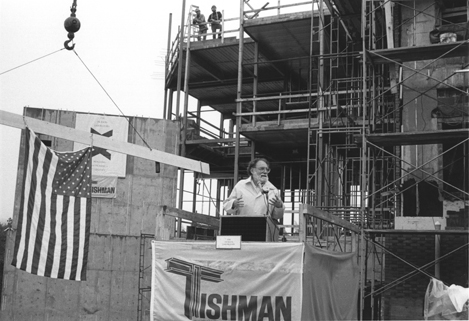
Faculty Research 1990 - 1999
Genealogy, natural history, and phenotype of Alstrom syndrome in a large Acadian kindred and three additional families.
Document Type
Article
Publication Date
1997
Keywords
Acanthosis-Nigricans: bl, eh, ge, pp, pa, Adolescence, Age-Determination-by-Skeleton, Case-Report, Child, Child-Preschool, Female, Genealogy-and-Heraldry, Hearing-Loss-Sensorineural: bl, eh, ge, Heterozygote, Human, Male, Nova-Scotia, Obesity: bl, eh, ge, pp, pa, Pedigree, Phenotype, Retinitis-Pigmentosa: bl, eh, ge, pp, pa, SUPPORT-NON-U-S-GOVT, SUPPORT-U-S-GOVT-P-H-S, Syndrome
First Page
150
Last Page
161
JAX Source
Am J Med Genet 1997 Dec 12;73(2):150-61
Grant
DK42977/DK/NIDDK
Abstract
We describe a large Acadian kindred including 8 Alstrom Syndrome (AS) patients, with an age range of 4 to 26 at the time of clinical assessment. The affected subjects come from 5 nuclear families within this kindred. The phenotype includes early childhood retinopathy, progressive sensorineural hearing loss, truncal obesity, and acanthosis nigricans. In addition, hyperinsulinemia and hypertriglyceridemia with normal cholesterol levels were observed in most affected individuals tested. Non-insulin dependent diabetes mellitus and growth retardation appear to be age-related manifestations that occur post-adolescence. Younger affected children are not overtly hyperglycemic and are normal or above average height for age. Although the AS patients in kindred 1 presumably carry the same mutation, many manifestations of the disease are variable. For example, of the 8 children in the Acadian kindred, 4 have scoliosis, 2 have had infantile cardiomyopathy, 2 are hypothyroid, 1 has had hepatic dysfunction and is hypertensive, and 4 have developed asthma. Seven subjects described in this kindred exhibit developmental delay. One additional manifestation not described widely in the literature, advanced bone age, was observed in all subjects tested. The clinical data from this large Acadian kindred, together with information obtained from 4 additional AS patients in 3 unrelated kindreds, confirm and extend clinical observations previously described. In addition, the Acadian kindred with multiple affected individuals, probably arising from a common founder, should allow for identification of the chromosomal localization of a gene causing AS.
Recommended Citation
Marshall JD,
Ludman MD,
Shea SE,
Salisbury SR,
Willi SM,
LaRoche RG,
Nishina PM.
Genealogy, natural history, and phenotype of Alstrom syndrome in a large Acadian kindred and three additional families. Am J Med Genet 1997 Dec 12;73(2):150-61

